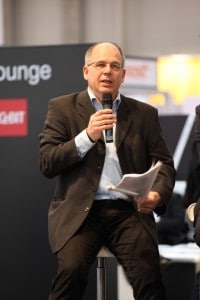
Thomas Christinck auf der CeBIT/Webciety
Foto von Frank-Michael Preuss
Die Zukunft des digitalen Arbeitsplatzes
Einige Unternehmen sind auf dem Weg zum Enterprise 2.0. In den letzten Jahren haben wir uns viel damit beschäftigt, warum Unternehmen sich auf diesen Weg begeben sollten und wie diese Unternehmen dann erfolgreich starten können. Inzwischen ist es Mainstream geworden: die CeBIT 2013 hat „Shareconomy“ als Motto.
Für diejenigen, die sich bereits länger mit dem Weg zum Enterprise 2.0 beschäftigen, taucht nun ein neue Frage auf: Warum dauert der Change so lange bzw. warum geht es nicht voran?
Spannungsfelder und Thesen
Es hat sich eine Arbeitsgruppe zusammengefunden und das Conventioncamp im November 2012 als Kickoff benutzt, um diese Fragen zu erörtern und in Thesen zusammenzufassen.
Björn Negelmann gab den Startimpuls und organisierte das Panel auf der CeBIT/Webciety als Ziel für das Team.
Wir haben die drei Bereiche Mensch / Business / Technik hergenommen und zu den Problemen zwischen diesen Bereichen Thesen formuliert:
Area A: People – Technology
- Technology offers wide possibilities of usage. The exact way to use the technology is found by the user in the daily work. This is often overlooked.
- Usefulness of Web 2.0 Applications often doesn’t manifest itself immediately.
- New technology often boasts an overwhelming variety of features with questionable usability.
- Applications are open to any kind of use. People need to find out how to apply any program’s usefulness to their daily work as well as having to select the appropriate application according to the given task.
- Removal of spatial barriers demands rules. Boundaries between offline and online disintegrate.
Area B: People – Business
- The value of communicating and knowledge sharing is difficult to calculate which easily leads to insufficient appreciation of this type of work.
- Using social media for internal communication and processes is very often viewed as a burden. Purpose and benefits are often not seen (what’s in it for me? how does this help my work?) or not self-evident.
- Organisational change is demanding. Implementing technology needs to be staged and flanked by accompanying processes to enhance utilization.
- Leadership often struggles to lead by example.
Area C: Business – Technology
- Social utilization of technology and its openess to any kind of use are met by fixed structures and write-off terms.
- Open-to-use leads to new application utilization that are not mapped to official enterprise guidelines.
- Certain tools are only used by a specific group of people in an organization.
- Dynamics in tool development and openess to any kind of use create new possibilities as well as new challenges (e.g. tool rivalry).
CeBIT: Webciety Bühne
Am 7.3. war es soweit, Rene Sternberg und ich haben die Thesen auf der Webciety präsentiert. Anschließend haben wir mit einem hochkarätigen Panel über die Thesen diskutiert:
- Cordelia Krooß, Senior Community Manager, BASF
- Dirk Röhrborn, CEO, Communardo
- Stefan Pfeiffer, Marketing, Lead Social Business Europe, IBM Deutschland
- Dr. Frank Schönefeld, Mitglied der Geschäftsleitung, T-Systems MMS
- Klaus-Peter Fett, Enterprise Industry Leader, Google Enterprise
- Thomas Landgraf, Technologieberater, Microsoft Deutschland
Einen Bericht inklusive Video und Präsentation hat Andreas Schulze Kopp geschrieben. Auch der PR-Blogger hat einen Artikel veröffentlicht.
Vielen Dank an Frank-Michael Preuss für die Bilder!





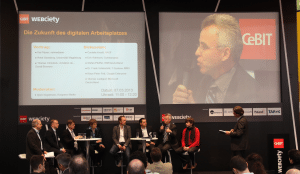
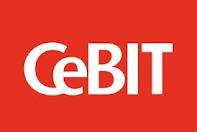
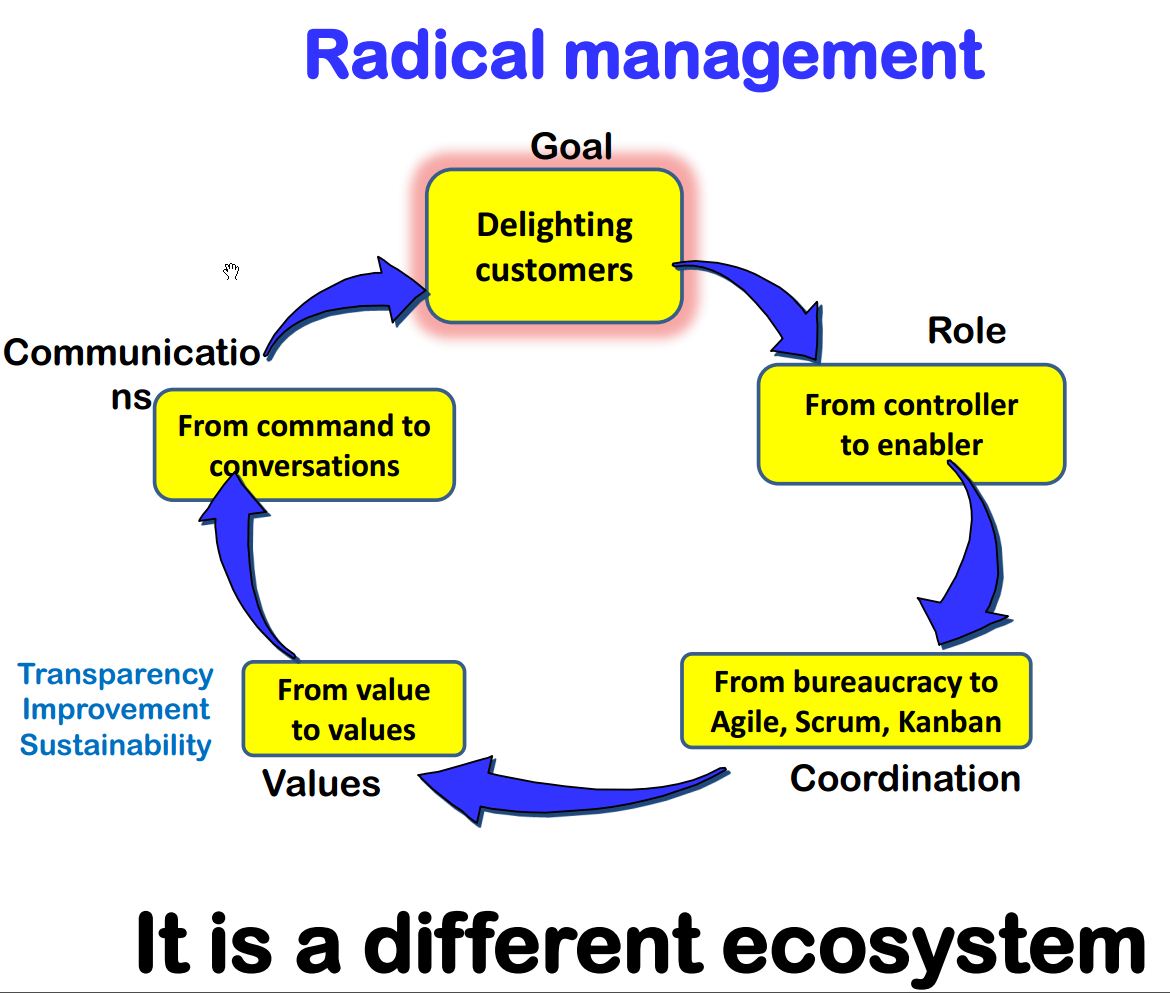

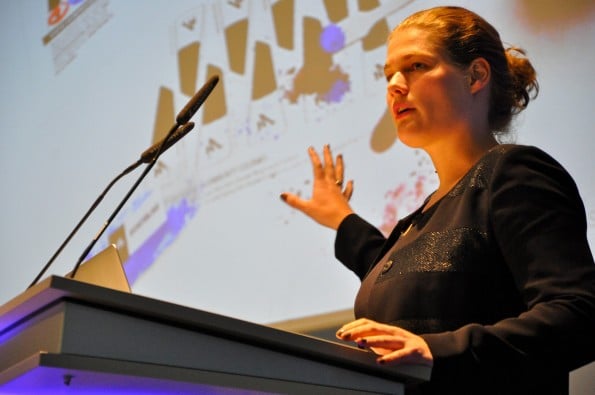
Pingback: Wind of Change - den (digitalen) Wandel als Chance begreifen - Social Business - Consulting, Training, Coaching | Social Business – Consulting, Training, Coaching